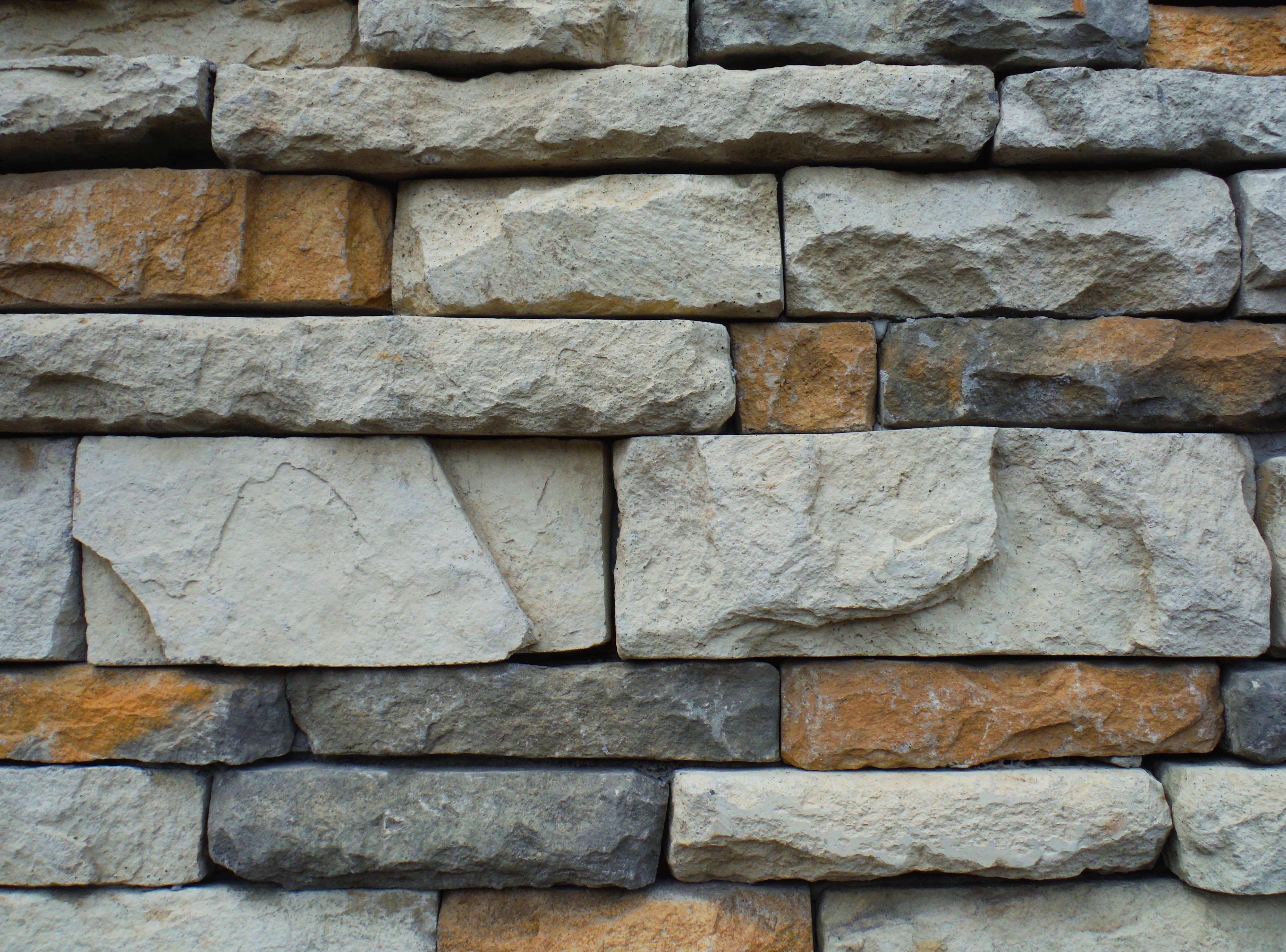| Line 24: | Line 24: | ||
<div id="firstDiv"> | <div id="firstDiv"> | ||
| − | <img src="https://static.igem.org/mediawiki/2018/ | + | <img src="https://static.igem.org/mediawiki/2018/b/b4/T--Fudan-CHINA--parthd.jpg" /> |
<div class="fiName" style="font-size:4vw;">Best composite part: BBa_K2886013</div> | <div class="fiName" style="font-size:4vw;">Best composite part: BBa_K2886013</div> | ||
<div class="pSentence"> | <div class="pSentence"> | ||
Revision as of 22:42, 17 October 2018

Best composite part: BBa_K2886013
"The essence of mathematics lies in its freedom."
BBa_K2886013, composited by BBa_K2886006 and BBa_K2886005 is our best composite parts, which is used to confirm our BiFC system. Actually, our BiFC (bimolecular fluorescence complementation) system consists of two chains encoded by two paired parts: BBa_K2886013 and BBa_K2886012.
BiFC, a technology put forward in 2012, is aimed to visualize the interaction of two proteins. CECFP and nECFP are the C- and N-terminal of ECPF (BBa_E0020), which is a classical part that has been used 87 times till 2017. And we split this fluorescent protein at the site A155 into two parts. If these two parts of BiFC bind with each other, and they will emit fluorescence just as complete ECFP.
Moreover, to realize higher affinity and efficiency of ligand-receptor binding, we alter a few amino acids on the binding surface with the assist of Rosetta.
Actually, we are not the first one to introduce VEGF-scFv to iGEM. Team NCTU-Formosa did this work in the year 2015 (BBa_K1694003). Nevertheless, to our regret, we find that there is no experimental structure in PDB (Protein Data Base), which may decrease the reliability of the outcome if we optimize VEGF-scFv based on this part. Thus, this year we introduced a new type of VEGF-scFv (BBa_K2886002) that has accepted structure in PDB, enabling us to work out a much more credible improvement. And, we also simulate the structure of BBa_K1694003 to help us learn about our improvements. As is vividly depicted in the Figure 1, we can find that compared to the binding surface of their original version of BBa_K2886002, the mutant version has a much more interface score, which indicating that our work does make sense. For more detailed information of this process, please click here to visit our Receptor Optimization page.
Moreover, to realize higher affinity and efficiency of ligand-receptor binding, we alter a few amino acids on the binding surface with the assist of Rosetta.
Actually, we are not the first one to introduce VEGF-scFv to iGEM. Team NCTU-Formosa did this work in the year 2015 (BBa_K1694003). Nevertheless, to our regret, we find that there is no experimental structure in PDB (Protein Data Base), which may decrease the reliability of the outcome if we optimize VEGF-scFv based on this part. Thus, this year we introduced a new type of VEGF-scFv (BBa_K2886002) that has accepted structure in PDB, enabling us to work out a much more credible improvement. And, we also simulate the structure of BBa_K1694003 to help us learn about our improvements. As is vividly depicted in the Figure 1, we can find that compared to the binding surface of their original version of BBa_K2886002, the mutant version has a much more interface score, which indicating that our work does make sense. For more detailed information of this process, please click here to visit our Receptor Optimization page.

Figure 1. The sketch map of BBa_K2886013 & BBa_K2886012 and the result of their interaction in E. coli induced under 4 ℃. (a) BBa_K2886013 & BBa_K2886012 can bind with each other through the electrostatic attraction of leucine zipper and emit fluorescence. (b) The background fluorescence of nECFP , cECFP and their average value (average(n,c)). Fluorescence emission of the mixture of nECFP and cECFP shows a 4.19 folds of intensity. And the original ECFP shows a 5.7 folds of intensity compared to original ECFP (BBa_E0020), exceeding the less than 10-fold result reported in literature.
To further demonstrate the reliability of our BiFC system, we also do some similar things in Hela cells. We add outer-membrane and transmembrane domain to it as well as substitute the leucine zipper with GS linker. The result suggests that our BiFC also works. For detailed information concerning this, please click here to visit our Receptor Demonstrate page.
To sum up, using BBa_K2886013 together with BBa_K2886012, we confirmed the reliability of the BiFC system we designed preliminarily, accumulating experiences and lying down bases for further experiments and demonstrations. If you want to test your own BiFC system in a convenient way, you may try this method to give you help.
[1]Wikipedia contributors. "Bimolecular fluorescence complementation." Wikipedia, The Free Encyclopedia. Wikipedia, The Free Encyclopedia, 12 Jul. 2018. Web. 17 Oct. 2018.
Address
G604, School of Life Sciences, Fudan University
2005 Songhu Road, Yangpu, Shanghai, China
2005 Songhu Road, Yangpu, Shanghai, China


